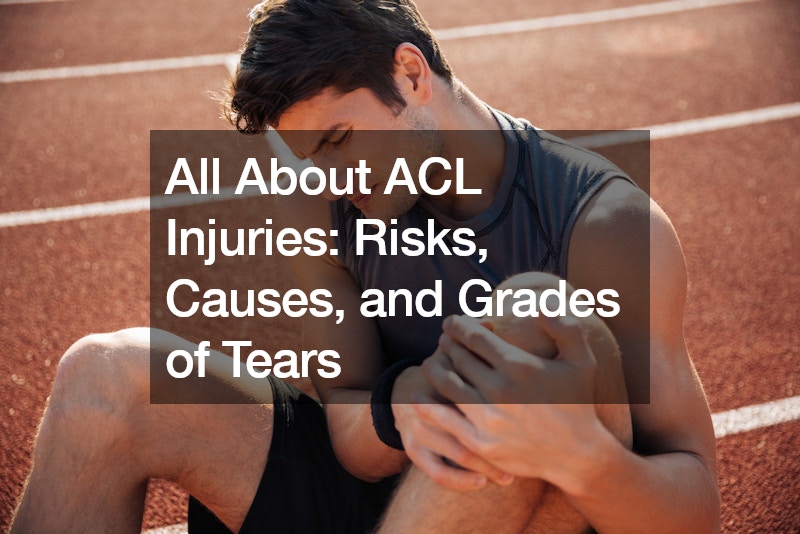ACL injuries are common in sports, often occurring during sudden stops, sharp turns, or awkward landings. These injuries can cause significant pain and instability, impacting both professional athletes and recreational sports enthusiasts.
The anterior cruciate ligament (ACL) is one of the key ligaments in the knee joint, which also includes the femur (thigh bone), tibia (shin bone), and patella (knee cap). These bones are stabilized by various ligaments, including the ACL and the posterior cruciate ligament (PCL), which control the back-and-forth motion and provide rotational stability to the knee. Additionally, the medial collateral ligament (MCL) and lateral collateral ligament (LCL) prevent the knee from bending out of position.
Certain factors increase the risk of ACL injuries. Females are more susceptible due to differences in muscle strength and hormonal influences. Engaging in sports like football, basketball, gymnastics, and downhill skiing can heighten the risk. Poor conditioning, improper movements, unsuitable turf, and loose equipment also contribute to the likelihood of injury.
ACL injuries can be caused by direct blows to the knee, pivoting or turning on a planted foot, sudden changes in running speed, or landing awkwardly from a jump. These injuries are classified into three grades. Grade I injuries involve mild stretching and damage to the ligament, but it remains functional. Grade II injuries are rare and indicate a partial tear, where the ligament becomes loose. Grade III injuries are complete tears, causing the ligament to split into two pieces, resulting in significant joint instability.
In severe cases, such as when a planted foot experiences a strong blow, multiple knee structures like the ACL, MCL, and meniscus can be damaged simultaneously. This condition, known as the “Unhappy Triad,” causes debilitating pain and requires extensive treatment.
A knee surgeon plays a crucial role in diagnosing and treating ACL injuries. They assess the extent of the damage and determine the appropriate course of action, which may include surgery, physical therapy, or other interventions. Consulting a knee surgeon early can significantly improve recovery outcomes for those suffering from ACL injuries.
.


